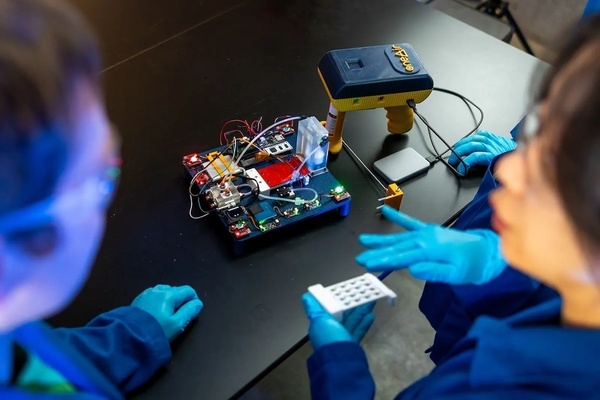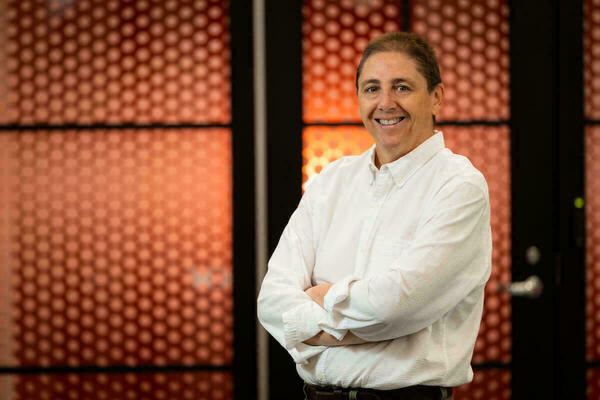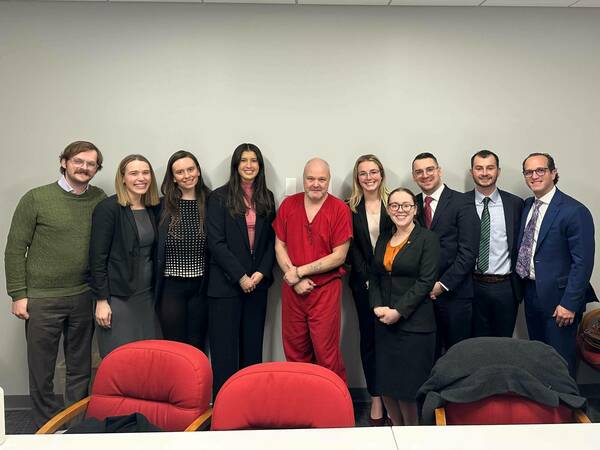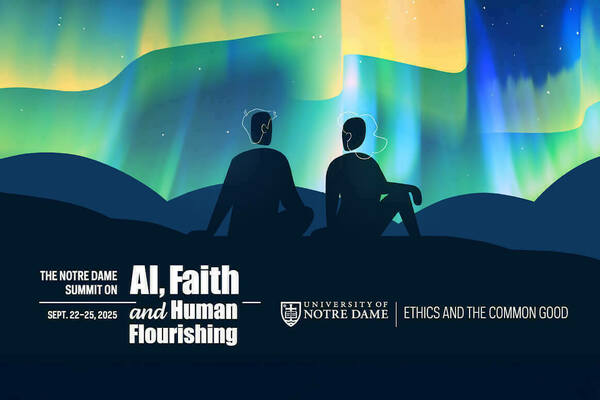Dissecting the Roman Forum Digitally — From Pen to Pixel Studies
The 2015 Gorkha Nepal earthquake devastated some of the world’s architectural wonders, but what if those buildings could be restored? What if history could be brought back to life exactly as it was?
Since 2010, Associate Professor and Director of the Digital Historic Architecture and Material Analysis (DHARMA) Lab Krupali Krusche, together with her lab team, have been documenting the Roman Forum, quite literally from pen to pixel studies. By pen, the team uses hand-measured drawings; by pixel studies, they use three-dimensional (3D) laser scanning and very high-definition photography. All of these are captured through the documentation process. The Roman Forum, Krusche notes, “ ... is the heart of the city of Rome and the point of origin of the city, which is now a major tourist attraction. The Roman Forum has a 600-meter vastness and contains more than 26 major monuments and ruins brought together in this overall survey with a very high precision level.”
“This is the first time that digital documentation has been used at this colossal scale,” Krusche said. While making reference to the devastating aftereffects of the 2015 Gorkha Nepal earthquake to the country’s monuments and historic buildings and the 2019 Notre Dame Paris fire, Krusche underscores the significance of having high-precision documentation of heritage sites to use for their reconstruction upon facing such catastrophes or damage. Such documentation is also important in understanding the past to inform the present and the future, and to understand how antiquity was built, from the original intent of Renaissance scholars like Palladio and Degodetz.
The DHARMA team created an interactive 3D model webpage for public access. The model is in a 3D point5 cloud data format created by 3D laser scanning going at 30,000 points per second, collecting the data points of time and distance traveled then absorbing them into the model. This gives very high precision and accuracy of information — the highest that can be found in the field. Hand-measured drawings, the second tool used, gives an understanding of the site based on observation and experience, helping to create an understanding of materials, conditions on site, taking field notes, and site behavior, Krusche said.
Gigapan photography is also used in this research, allowing for more details on materials, cracks, and markings. Gigapan photography results in highly detailed images, especially for such expansive sites. Merging all these on-site data collection methodologies, in combination with reviewing historical documentation, creates a comprehensive data set to aid in off-site analysis and preparation of drawings. Off-site analysis includes creating watercolor formats that show the materials, specific line drawings showing the on-site condition/how the monument is behaving, or reconstructed drawings, which is a different type of documentation.
This book is the first of the two books on the Roman Forum Krusche will publish. From Pen to Pixel Studies has two sections. The book is structured to establish Giacomo Boni’s and DHARMA’s parts in highlighting 100 years of documentation and scholarship. The first section, contributed to mainly by co-author Patrizia Fortini, is a review of the work of Giacomo Boni, who was advanced in his technology in the 19th century. He used balloon technology to document the Roman Forum site for the first time. Then, Boni excavated the forum and developed measured drawings. DHARMA’s work comes in within the second section of the book, 100 years later with new technology that Krushe writes about, including detailed plates of line drawings that are then water colored.
The book, besides contributing to its field of research, also contributes to Notre Dame School of Architecture’s mission to employ traditional hand drawing with technology tools. The final output is produced using the School’s more than 30- year-long presentation techniques on 300 lb paper.
Krusche added that this book is a prequel for the next publication that she is working on, which will be published in 2025. The upcoming book takes the high precision measured drawings from the scanned data and produces them in sectional and individual monuments plates that will be published as a collectors’ item format. It includes the history and documentation of the forum, comparative understanding of different monuments, how they were drawn by different scholars in different periods, and what the real site looks like today.
Author: Charles Ghati, MSHP Candidate, Class of 2025. Charles is a registered architect in Kenya, where he practiced before joining the Notre Dame School of Architecture.
Originally published by at architecture.nd.edu on October 18, 2024.
Latest Research
- Fighting for Better Virus DetectionAn electronic nose developed by Notre Dame researchers is helping sniff out bird flu biomarkers for faster detection and fewer sick birds. Read the story
- Notre Dame’s seventh edition of Race to Revenue culminates in Demo Day, a celebration of student and alumni entrepreneurship…
- Managing director brings interdisciplinary background to Bioengineering & Life Sciences InitiativeThis story is part of a series of features highlighting the managing directors of the University's strategic initiatives. The managing directors are key (senior) staff members who work directly with the…
- Monsoon mechanics: civil engineers look for answers in the Bay of BengalOff the southwestern coast of India, a pool of unusually warm water forms, reaching 100 feet below the surface. Soon after, the air above begins to churn, triggering the summer monsoon season with its life-giving yet sometimes catastrophic rains. To better understand the link between the formation of the warm pool and the monsoon’s onset, five members of the University of Notre Dame’s Environmental Fluid Mechanics Laboratory set sail into the Bay of Bengal aboard the Thomas G. Thompson, a 274-foot vessel for oceanographic research.
- Exoneration Justice Clinic Victory: Jason Hubbell’s 1999 Murder Conviction Is VacatedThis past Friday, September 12, Bartholomew County Circuit Court Judge Kelly S. Benjamin entered an order vacating Exoneration Justice Clinic (EJC) client Jason Hubbell’s 1999 convictions for murder and criminal confinement based on the State of Indiana’s withholding of material exculpatory evidence implicating another man in the murder.
- Notre Dame to host summit on AI, faith and human flourishing, introducing new DELTA frameworkThe Institute for Ethics and the Common Good and the Notre Dame Ethics Initiative will host the Notre Dame Summit on AI, Faith and Human Flourishing on the University’s campus from Monday, Sept. 22 through Thursday, Sept. 25. This event will draw together a dynamic, ecumenical group of educators, faith leaders, technologists, journalists, policymakers and young people who believe in the enduring relevance of Christian ethical thought in a world of powerful AI.













